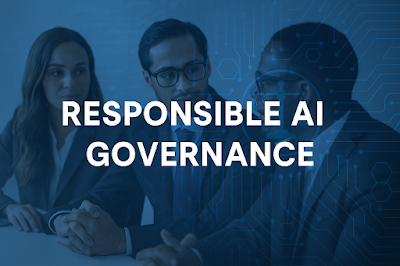Introduction
AI pair programming tools like GitHub Copilot and Amazon CodeWhisperer are transforming the way developers write code. Fueled by massive language models trained on public code repositories, they offer real-time code suggestions, documentation, and even full-function scaffolding. The productivity boost is undeniable, but beneath the speed lies a creeping concern: what if the code they generate isn’t secure?









